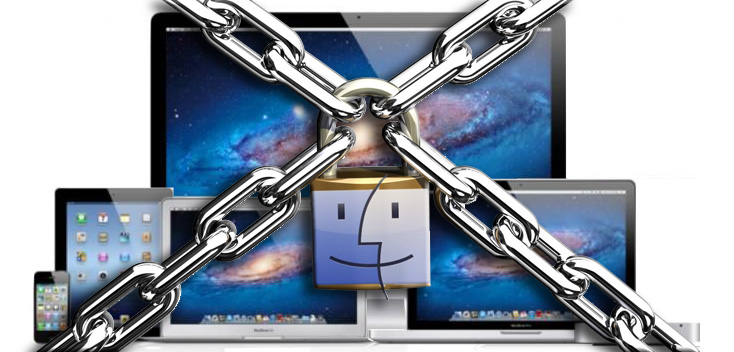Since the dawn of personal computers, one premium brand has consistently stayed at the forefront in terms of ease of use, graphics, and other user-friendly features. This brand has been so successful that it almost defined what the personal computer is and can be right out of the box, shaping the expectations of millions of users. Other computers have imitated it, and followed in its wake as the company has gone on to reinvent the transistor radio, the cellphone, and bring Star Trek datapads to reality.
The company, of course, is Apple, and the line of PCs are the Macintosh. One thing all Macs have excelled at is security. Rarely have they been targeted by viruses or malware of any kind – unlike their Windows-run rivals, which face a constant onslaught. Win boxes require frequent updates of their operating systems, along with anti-virus programs that should be updated almost every day. Yet, many Mac users update theirs much more infrequently, and many do not bother with any anti-virus protection at all.
There have been a few breaches, the most significant several years ago. But why are Macs generally so secure? What is it about them that has kept them largely above the constant struggle that Windows machines endure? There’s no simple answer, but one key factor must be that due to differences in the operating systems, the viruses that can infect Windows PCs cannot infect Macs.
So most experts think the low market share is the main reason. Many more people use Windows, so it’s theorized it’s just easier for the bad guys to go after the low-hanging fruit than to craft malware for Apples. However, since Macs cost more than Windows machines and historically are often the machine of choice for creative endeavors, their users tend to be more affluent, which increases their appeal.
Experts also give credit to the underlying Unix basis of the modern Mac OS. This effectively sandboxes the software, preventing problems in one program spread to others. But these days, few core vulnerabilities are to be found in either operating system. Instead, the bad guys rely on weaknesses in third-party software and on tricking users to do their dirty work by installing it for them.
So now, at long last, Macs might be finally targeted by the bad guys – and not just any hackers, but the very same Russian state-associated group called APT 28 (along with many other names) associated with the hack on the DNC. This nasty piece of work, known as Komplex, arrives in a MS Word document file titled “U.S. Allies and Rivals Digest Trump’s Victory – Carnegie Endowment for International Peace.” When opened in a Word application configured to allow macros and if the user ignores a warning, it checks to make sure there is no Little Snitch firewall running. Then Komplex executes its tailored package, downloading the payload through a backdoor from a fake Apple site. Though this type of threat is believed responsible for crashing the Ukraine power grid, this malware seems mainly concerned with spying. It can steal passwords, take screenshots, and taking iPhone backups.
Since this is a targeted attack, most users don’t really have to worry much. But as this may be an opening shot in a wider cyberwar, it would not be a bad idea for Mac users to get into good security habits like their Windows-using compatriots. This is especially important as Apple appears to be overly-confident, leaving a number of weaknesses in OS X security. As with Windows, common attack vectors include Java and Adobe Flash functions in browsers as well as Word macros.
Doubtless, antivirus and security software should be used for Macs networked or running critical business operations. However, there are no clear answers for typical home users. Here’s what Apple says about Mac security, plus an independent list of 22 simple steps anyone can implement.
The bottom line is that while the average Mac user may not be at much risk, all users are collectively in danger. Whatever machine is used, making it more secure makes everyone more secure. After all, we’re all in this together.

